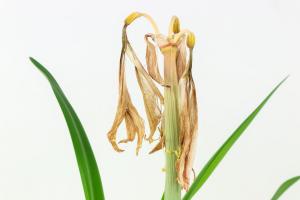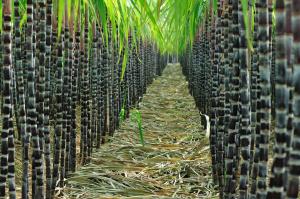How Much Epsom Salts on Tomato Plants
Epsom salts are commonly used in gardening practices to provide essential nutrients to plants. However, the question of how much Epsom salts to use on tomato plants often arises. In this article, we will discuss the benefits of Epsom salts for tomato plants and the ideal amount to apply to ensure optimal growth and yield.
The Benefits of Epsom Salts for Tomato Plants
Epsom salts, also known as magnesium sulfate, are an excellent source of magnesium and sulfur. These nutrients are vital for the growth and development of tomato plants. Magnesium plays a critical role in the formation of chlorophyll, which is responsible for the plant's green color and helps in photosynthesis. Sulfur is essential for the production of proteins, enzymes, and vitamins.
Without adequate amounts of magnesium and sulfur, tomato plants may experience stunted growth, yellowing of leaves, and reduced yield. Adding Epsom salts can help alleviate these symptoms, resulting in healthier and more productive tomato plants.
The Ideal Amount of Epsom Salts to Apply
The amount of Epsom salts to apply to tomato plants depends on various factors, such as soil type, plant size, and growth stage. Generally, a tablespoon of Epsom salts per gallon of water is recommended for mature tomato plants. For younger plants, half a tablespoon of Epsom salts in a gallon of water is sufficient.
It is best to apply Epsom salts to the tomato plants during the early stages of growth, such as when transplanting or just after the first fruit set. Applying too much Epsom salts can cause adverse effects, such as nutrient imbalances, which can lead to plant damage or reduced yield.
How to Apply Epsom Salts to Tomato Plants
To apply Epsom salts to tomato plants, dissolve the required amount of Epsom salts in water and apply it to the soil around the base of the plant. Make sure to water the plant thoroughly after applying the solution to help the nutrients reach the roots.
Alternatively, you can also foliar spray the Epsom salt solution on the leaves. This method is especially useful if the soil pH is too high or if the plants are experiencing magnesium deficiency symptoms such as yellowing leaves.
Conclusion
Epsom salts are beneficial for tomato plants, providing essential nutrients like magnesium and sulfur. However, it is important to apply the correct amount of Epsom salts to avoid nutrient imbalances and other adverse effects. By following the recommended dosage and application methods, you can enjoy healthier and more productive tomato plants.

 how many times do yo...
how many times do yo... how many planted tre...
how many planted tre... how many pine trees ...
how many pine trees ... how many pecan trees...
how many pecan trees... how many plants comp...
how many plants comp... how many plants can ...
how many plants can ... how many plants and ...
how many plants and ... how many pepper plan...
how many pepper plan...

































